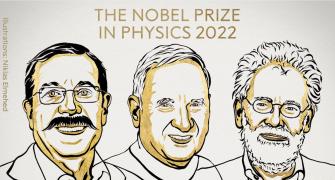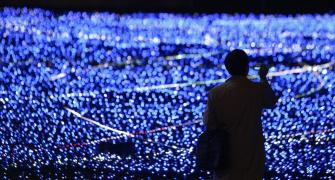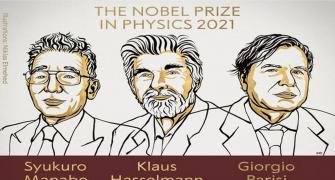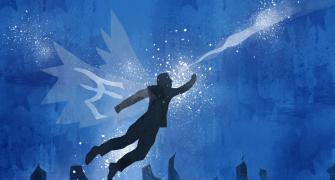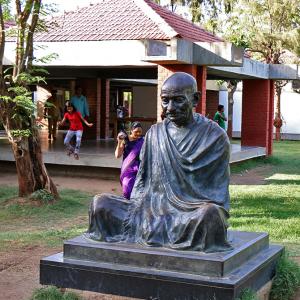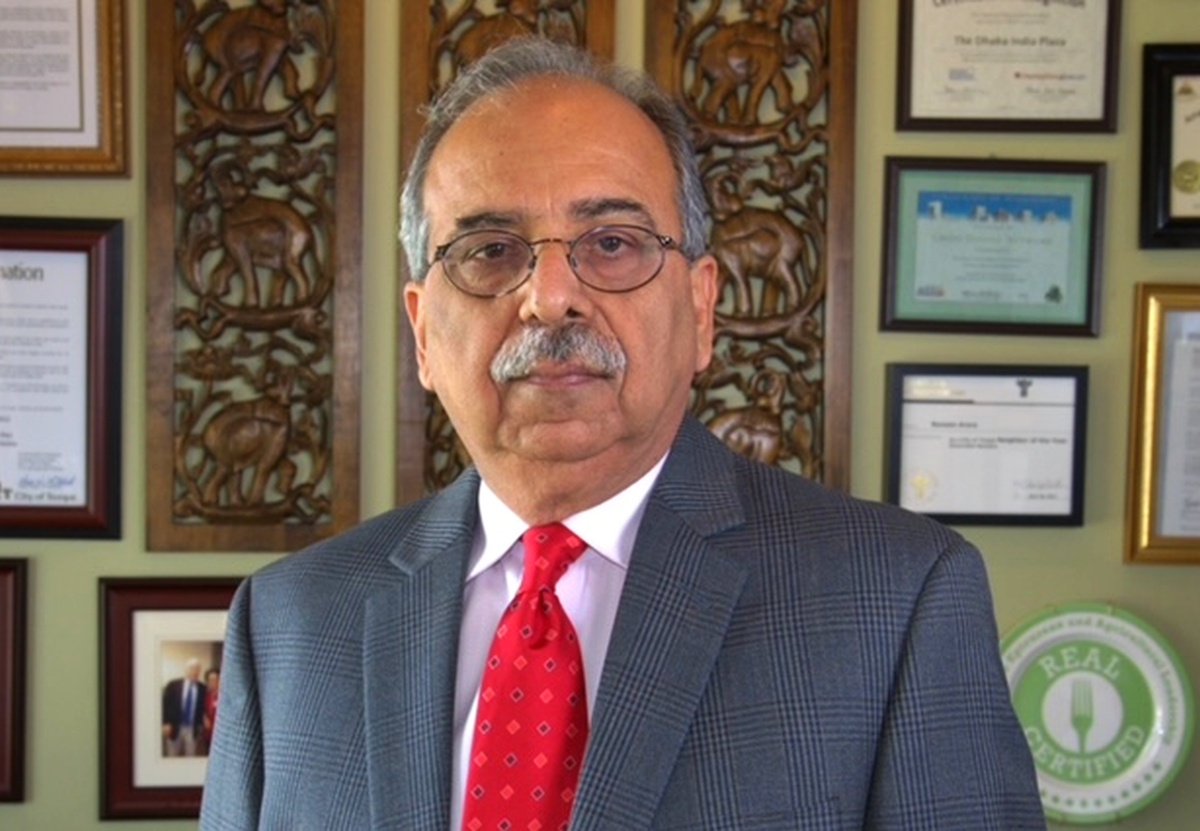Scientists Pierre Agostini, Ferenc Krausz and Anne L’Huillier have been awarded the Nobel Prize in Physics "for experimental methods that generate attosecond pulses of light for the study of electron dynamics in matter."

In a post shared on X, the award-giving body stated, "The Royal Swedish Academy of Sciences has decided to award the 2023 #NobelPrize in Physics to Pierre Agostini, Ferenc Krausz and Anne L’Huillier “for experimental methods that generate attosecond pulses of light for the study of electron dynamics in matter."
The three physics laureates -- Pierre Agostini, Ferenc Krausz and Anne L’Huillier have created flashes of light that are short enough to take snapshots of electrons’ extremely rapid movements.
L’Huillier discovered a new effect from laser light’s interaction with atoms in a gas.
Agostini and Krausz showed that this effect can be used for creating shorter pulses of light than were previously possible.
A post shared on the official Twitter feed of the Nobel Prize stated, "Electrons’ movements in atoms and molecules are so rapid that they are measured in attoseconds. An attosecond is to one second as one second is to the age of the universe."
It further stated, "Now that the attosecond world has become accessible, these short bursts of light can be used to study the movements of electrons. It is now possible to produce pulses down to just a few dozen attoseconds, and this technology is developing all the time."
These pulses have been used to explore the detailed physics of atoms and molecules, and they have potential applications in areas from electronics to medicine.
These can also be used to identify different molecules, like in medical diagnostics.
2023 physics laureate Pierre Agostini succeeded in producing and investigating a series of consecutive light pulses, in which each pulse lasted just 250 attoseconds.
At the same time, his 2023 co-laureate Ferenc Krausz was working with another type of experiment, one that made it possible to isolate a single light pulse that lasted 650 attoseconds.
This year’s #NobelPrize laureate in physics Anne L’Huillier discovered that many different overtones of light arose when she transmitted infrared laser light through a noble gas.
Each overtone is a light wave with a given number of cycles for each cycle in the laser light.
They are caused by the laser light interacting with atoms in the gas; it gives some electrons extra energy that is then emitted as light. L’Huillier has continued to explore this phenomenon, laying the ground for subsequent breakthroughs.
Nobel Prize laureates in physics are being recognised for their experiments, which have given humanity new tools for exploring the world of electrons inside atoms and molecules.
Pierre Agostini, Ferenc Krausz and Anne L’Huillier have demonstrated a way to create extremely short pulses of light that can be used to measure the rapid processes in which electrons move or change energy.
"The laureates’ contributions have enabled the investigation of processes that are so rapid they were previously impossible to follow," the award-giving body stated.
On Monday, Katalin Kariko and Drew Weissman were jointly awarded the Nobel Prize in Medicine for their discoveries that enabled the development of effective mRNA vaccines against COVID-19.

